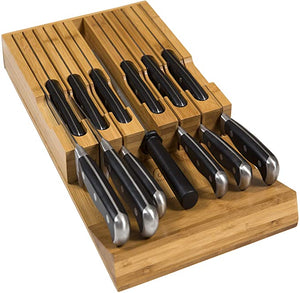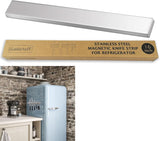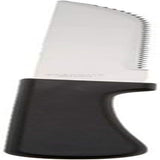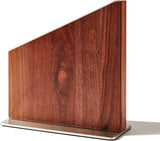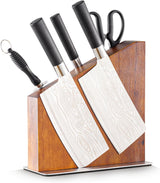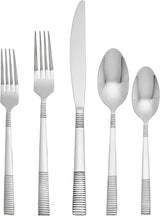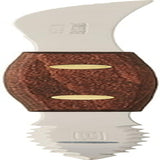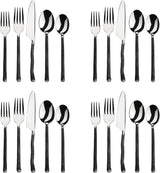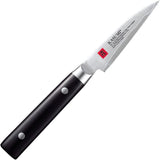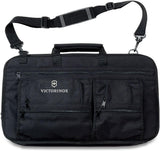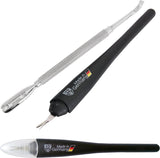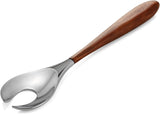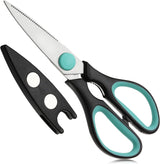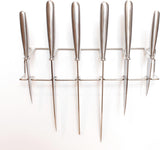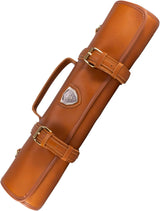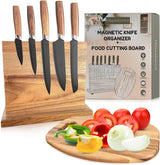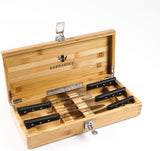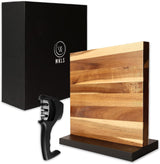The art of knife-making and maintenance is a cherished skill among kitchen enthusiasts. If you're passionate about cooking, you know how essential it is that your tools perform at their best. But what happens when the handle of your favorite chef knife starts to deteriorate? Do you throw it away? Absolutely not! This comprehensive guide will take you through the process of how to rehandle a chef knife.
Rehandling a knife not only extends its lifespan but also allows you to customize it according to your grip and aesthetic preferences. Lets dive into the fascinating world of knife restoration and learn step-by-step how to rehandle a chef knife.

Why Would You Need to Rehandle a Chef Knife?
Rehandling a chef knife can be necessary for several reasons. Perhaps the current handle is worn out, cracked, or simply uncomfortable. Customizing the handle allows you to create a high-performing tool tailored specifically to your needs.
Some of the benefits of rehandling include:
- Enhanced grip and comfort
- Increased safety
- Personalized aesthetics
- Extended lifespan of the knife

Tools and Materials You'll Need
Before starting the project, gather the following items:
- Wood or synthetic handle material
- Epoxy glue
- Pins or rivets
- Sandpaper (various grits)
- Clamps
- Belt sander or files
- Protective gloves and goggles
Choosing the Right Handle Material
The choice of handle material is critical for the durability and aesthetics of your knife. Common materials include:
- Wood: Provides a classic look and good grip.
- Micarta: A synthetic material that's durable and easy to shape.
- G10: Another synthetic option, popular for its resilience and water resistance.

Step-by-Step Guide on How to Rehandle a Chef Knife
1. Remove the Old Handle
Start by removing the old handle. Depending on the type of knife, this could involve drilling out rivets or simply prying the handle apart. Be sure to wear protective glasses and gloves during this process.
2. Prepare the Tang
Once the old handle is removed, clean the tang of the knife thoroughly. Remove any residues of the old adhesive and rust using sandpaper. A clean tang is crucial for ensuring that the new handle adheres properly.
3. Cut the New Handle Material
Next, cut your new handle material to size. Its generally easier to cut a block of material in half and work with two scales (one for each side of the tang). Make sure they are slightly larger than the tang.
4. Attach the Handle Scales
Apply a thin layer of epoxy to both sides of the tang and the inner sides of your handle scales. Clamp the scales in place and let the epoxy set as per the manufacturers instructions. For added security, you can drill through and insert pins or rivets.
5. Shape and Finish the Handle
Once the epoxy has fully cured, its time to shape the handle. Use a belt sander or files to trim the scales down to the exact size of the tang. Sand the handle with progressively finer grits of sandpaper until smooth. Finish by applying a protective coating, especially if you've used wood. This could be a wood stain, mineral oil, or another food-safe finish.
Frequently Asked Questions
How long does it take to rehandle a chef knife?
The entire process usually takes a day, considering the time needed for the epoxy to cure. Expect to spend a couple of hours actively working on the handle.
What is the best material for a knife handle?
The best material depends on your needs. Wood offers a classic aesthetic and good grip, while synthetic materials like Micarta and G10 are more durable and water-resistant.
Can I rehandle any type of knife?
Most knives can be rehandled, but the ease of the process may vary depending on the construction of the knife. Full-tang knives are generally easier to work with than partial tang or hidden tang knives.
Still curious about what goes into knife-making? Check out this external guide.
For more tips on maintaining and caring for your kitchen knives, see how to care for Henckels knives, maintain your knife block, or choose a chef knife.
As an Amazon Associate, I earn from qualifying purchases.
